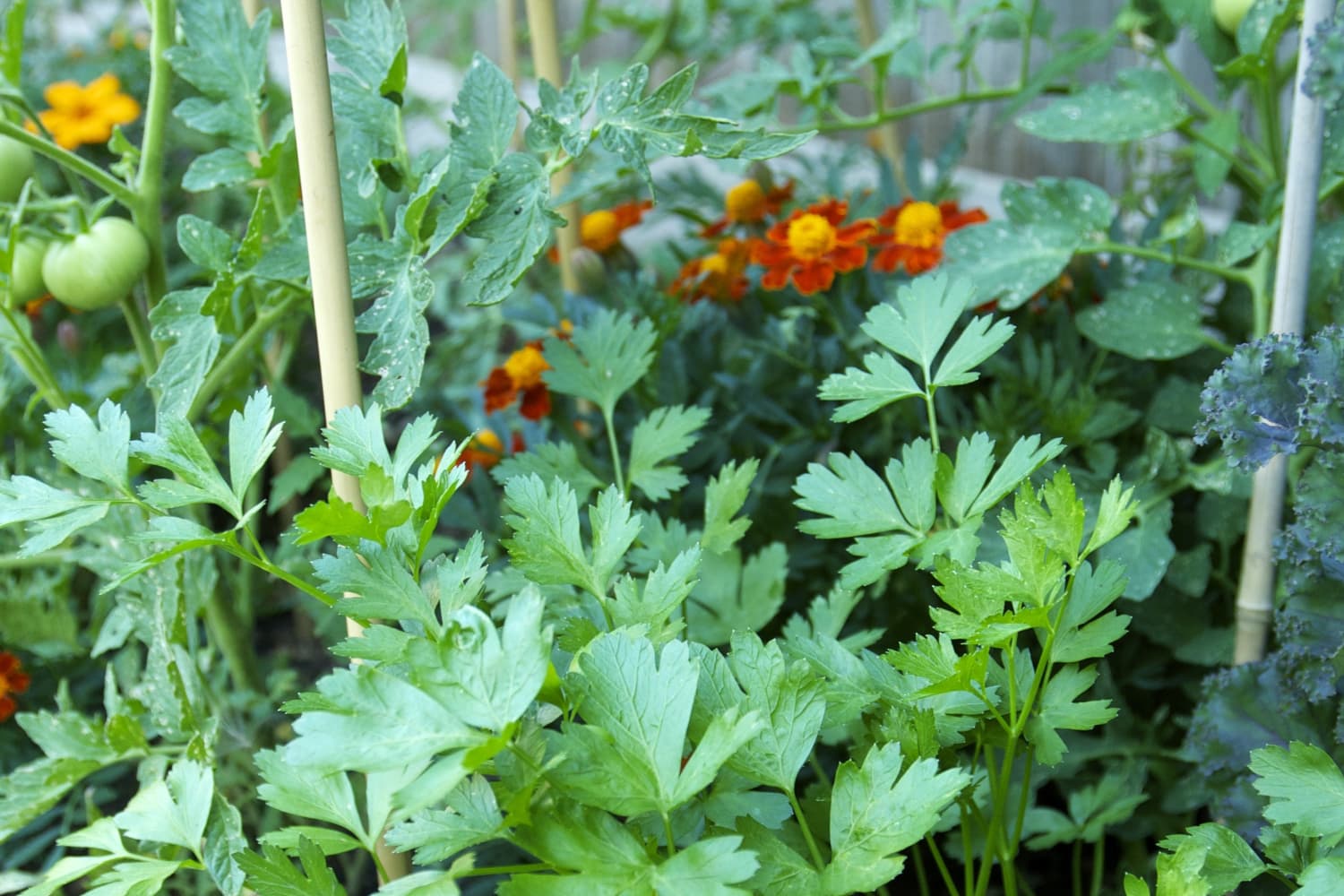Products You May Like

When I was growing up, parsley was just the frilly stuff sitting atop my entrée. The leaves that I flicked aside so I could enjoy the main course. Today, parsley is the most-used herb in my home kitchen. (Imagine that!) And now, I’m here to tell you why you should be growing it in your garden and how easy it is to do.
Why You Should Grow Parsley at Home
Parsley (Umbelliferae) is a versatile herb. It is incorporated into many different cooking styles and cuisines. Similar to what salt does to a dish, parsley ties a meal’s flavors together. From a vegetable omelet, to tabbouleh salad, to chimichurri sauce on a grilled steak, parsley adds a bright, high note to almost anything I’m making.
Aside from its deliciousness, parsley is a powerhouse of nutrients. Did you know that parsley actually has more vitamin C in it than an orange? Try adding several leaves and stalks to your morning juicing blend.
Is Parsley a Perennial or an Annual?
Perennials are plants that grow back each year, and annuals are plants that die after one season. Parsley is actually a biennial. This less common classification means that the plant only comes back after two gardening seasons — just enough time to produce leaves, go to seed, and develop a substantial taproot.
As a biennial, the parsley plant offers delicious leaves its first year, and goes to seed its second year. Parsley also delivers an oft-overlooked bonus that final year: Its taproot is edible. In fact, parsley’s root is the most pungent and flavorful part of the plant.
Which Kind of Parsley Should I Grow?
Parsley is closely related to dill, carrots, and celery. The resemblance is pretty clear. There are two main kinds of parsley that you’ll encounter: flat-leaf (Neapolitanum) or curly leaf (P. Crispum). Many cooks choose to grow flat-leaf parsley for its more vibrant flavor and its ease of chopping. Curly parsley is equally delicious, but also provides an eye-catching, edible display in a garden.
The harvesting cycle for parsley is a little different, as it is a biennial. The first year, harvest parsley for its leaves, choosing stalks furthest out from the plant’s center. Leave the inner stalks and leaves, so the plant can keep growing. The second year, the leaves will be sparse and may be less flavor-intense. You may use them, but you may also let the parsley bloom. Bees love the blossoms. Collect the seeds to sow the following spring.
In the fall of that second year, harvest the parsley’s root. It is actually the most flavorful portion of the entire plant! A particular cultivar of parsley, Hamburg, is known for the most flavorful root. Shave raw parsley root over salads for a great crunch and intense flavor.
Note: Don’t toss those stems! Did you know that parsley’s stems are more potent in flavor than its leaves? So the next time you put portobellos on the grill and make a batch of chimichurri or pesto, incorporate the stems for great texture and exceptional flavor.
